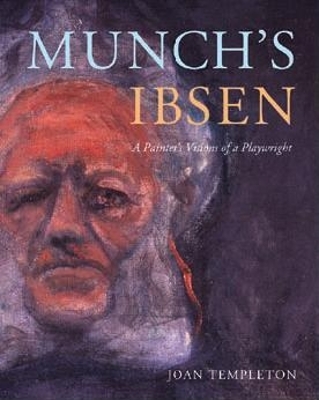New Directions in Scandinavian Studies
1 total work
Drawing on printed and archival sources, including Munch's extensive unpublished writings, Munch's Ibsen provides a comprehensive account of the connection between the two great Norwegian modernists. Situating the interlocking careers of Edvard Munch and Henrik Ibsen within Norway's cultural history, Joan Templeton establishes Ibsen's primordial importance for Munch as a pioneering modernist voice. She examines the over 400 illustrations Munch made of Ibsen's plays, one of the greatest homages a painter ever made to a writer, showing how Ibsen's imaginative universe was an essential and integral part of Munch's life and work as a whole.
Templeton studies the illustrations as readings of Ibsen's plays and as examples of some of Munch's best work in various media: the witty, tender drawings of Peer Gynt; the eloquent oil sketches of Ghosts; the powerful woodcuts of The Pretenders; the sumptuous oil paintings of John Gabriel Borkman. She shows how some of the strongest of the illustrations result from Munch's accommodation of his own symbolic structures to Ibsen's text. She also demonstrates how Munch sometimes refigured Ibsen's texts to fit his own experiences and convictions in a process of reification that is as interesting as his fidelity. She offers a detailed analysis of Munch's famous portraits of Ibsen and a historical and analytical account of Munch's work on the Ibsen stage productions through which he painted himself into theatrical history.
Munch's Ibsen will appeal to students of modern literature and art, art history, the history of the modern theatre, Scandinavian art and culture, and interdisciplinary approaches to the humanities.
